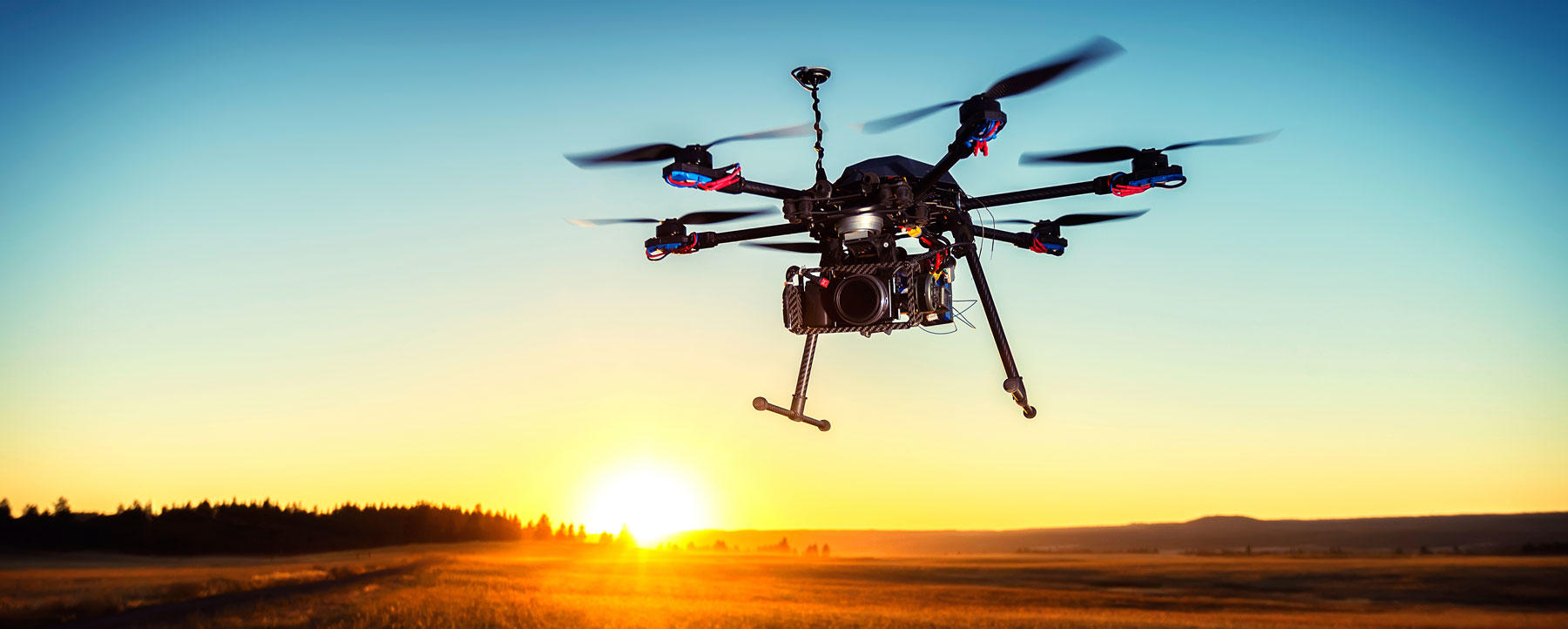|
Introduction: Machine vision, also known as computer vision, is an interdisciplinary field that combines hardware and software technologies to enable computers to gain understanding from digital images or videos. With recent advancements in artificial intelligence, machine learning, and image processing techniques, machine vision has emerged as a powerful technology with numerous applications across various industries. This article explores the significance of machine vision and its impact on revolutionizing industries worldwide. Industrial Automation: Machine vision plays a pivotal role in industrial automation by providing real-time visual inspection and quality control. Manufacturing processes can be optimized and enhanced by utilizing machine vision systems to detect defects, measure dimensions, and ensure accurate assembly. By replacing human inspectors with automated vision systems, companies can achieve higher production efficiency, reduced errors, and improved product consistency. Automotive Industry: The automotive industry has witnessed significant advancements in safety and autonomous driving due to machine vision. Cameras and sensors integrated into vehicles enable advanced driver assistance systems (ADAS) to detect lane departures, recognize traffic signs, and assist in parking. Machine vision algorithms analyze large volumes of data in real-time to make critical decisions, enhancing both driver safety and overall vehicle performance. Healthcare: In healthcare, machine vision assists in medical imaging, diagnosis, and surgical procedures. Imaging technologies such as X-ray, MRI, and CT scans produce vast amounts of data that can be analyzed using machine vision algorithms. This analysis helps medical professionals detect abnormalities, track disease progression, and guide treatment plans more accurately. Surgical robots equipped with machine vision capabilities allow for precise and minimally invasive procedures, reducing patient risks and improving surgical outcomes. Retail and E-commerce: Machine vision has transformed the retail and e-commerce sectors by enabling efficient inventory management, customer tracking, and personalized shopping experiences. Retailers use machine vision to monitor shelves, manage inventory levels, and automate checkout processes. Facial recognition technologies enhance security and enable personalized marketing campaigns. Additionally, machine vision algorithms can analyze customer behavior patterns to provide tailored product recommendations and improve overall customer satisfaction. Agriculture: In agriculture, machine vision helps optimize crop management, harvesting, and pest control. Drones equipped with machine vision cameras can monitor plant health, identify nutrient deficiencies, and detect crop diseases at an early stage. This enables farmers to take proactive measures to prevent yield loss and reduce the need for harmful pesticides. Machine vision also facilitates precision agriculture techniques such as targeted spraying, reducing environmental impact and ensuring sustainable farming practices. Conclusion: Machine vision has transformed various industries by leveraging advanced visual perception capabilities. From industrial automation and automotive safety to healthcare diagnostics and retail optimization, the applications of machine vision are expanding rapidly. As technology continues to evolve, machine vision is poised to play an even more significant role in enhancing efficiency, accuracy, and safety across diverse sectors. Embracing this technology will be crucial for businesses to stay competitive and drive innovation in the rapidly changing landscape of the digital era.  |
